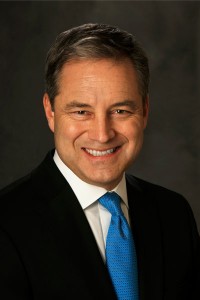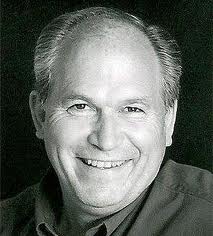 I’m a little late on reporting on the PPP poll released last week which shows both U.S. Sens. Lisa Murkowski and Mark Begich having lost support in Alaska because of their opposition to the gun control bill. And if that and other polls about gun control conducted by PPP and paid for by a Democratic group wasn’t continuing to make headlines, I might continue to be late forever.
I’m a little late on reporting on the PPP poll released last week which shows both U.S. Sens. Lisa Murkowski and Mark Begich having lost support in Alaska because of their opposition to the gun control bill. And if that and other polls about gun control conducted by PPP and paid for by a Democratic group wasn’t continuing to make headlines, I might continue to be late forever.
I’d chalk that poll up, as I have other PPP polls, to the kind of crackpot group that you find on both sides of the political spectrum intent on spreading propaganda and false narratives.
But the media can’t seem to get enough of the PPP gun polls, which have been conducted in at least five states, and are dutifully reported on even as some of the polls’ findings are patently absurd. Get this: according to PPP, only about 35 percent of Alaskans oppose expanded background checks.
Alaska-based Dittman Research, which tends to get these things right, recently conducted a poll for Alaska’s House majority which shows only 23 percent of Alaskans supported Obama’s efforts to tighten gun control laws, with 67 percent approving state legislative actions to oppose those efforts.
Was the PPP poll conducted solely on Homer residents or did it only poll those who live in Rep. Les Gara’s House district? We’ll never know because geographical location is among many things that are left out of the crosstabs.
I don’t know much about the other states that PPP has polled and I haven’t looked much into the crosstabs of the polls from those other states, but if they are as full of sample errors as the poll conducted in Alaska, then not one poll conducted by PPP should be taken seriously, perhaps ever again.
Here’s a few blatant examples of what a botched polling sample looks like, a la PPP:
- Gender: Alaska is roughly 50 percent male to female, but the firm sampled 56 percent women to 44 percent men.
- Party affiliation: Of the total registered voters in Alaska, only 14 percent are registered Democrats. About 27 percent are registered Republicans. The sample size that PPP used was 25 percent Democrats and 30 percent Republicans.
- “Independents/other.” About 53 percent of registered voters are registered “undeclared,” and “nonpartisan.” Then there’s the Alaska Independence Party, which is a whole other breed of people, and the Libertarians. The two of them make up about 6 percent of voters. The PPP’s sample lumps them all together, calls them “Independent/other,” and only uses a 45 percent sample size.
The errors go on. Let me be clear here: I think that Begich’s voting against his party on gun control was a decision based on political expediency more than principle. Everyone knows that Begich isn’t a gun enthusiast. He likely doesn’t believe that the federal government is going to invade homes of gun owners, or that a foreign force is going to somehow take over the military industrial complex, capture our soldiers and leave the defense of the homeland to those in the Kenai amassing assault weapons.
What Begich does care about and what he’s good at is politics and about getting reelected. His vote against gun control was evidence of that.
The upcoming Senate race is going to be a monster. Joe Miller has announced that he’s running, but the race will likely also draw a handful of good, solid Republicans like Lt. Gov. Mead Treadwell, who’s already in exploratory committee phase, and DNR Commissioner Dan Sullivan, who is said to be getting close to making a decision. A vote for gun control would have likely put the end to Begich’s Senate career.
So he had a choice: stand on principle and vote with his party, or lose the race and become the last Democratic senator Alaskans will likely see in this lifetime.
He might lose anyway, but now he stands a chance with the help of some Republicans and independent voters. What he doesn’t need is for some left leaning polling group, a group tied to the party to which Begich belongs, trying to sell a lie, in a state where many think that the left are a bunch of liars anyway.
Contact Amanda Coyne at amandamcoyne@yahoo.com























